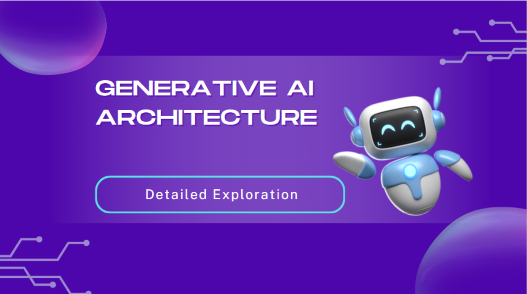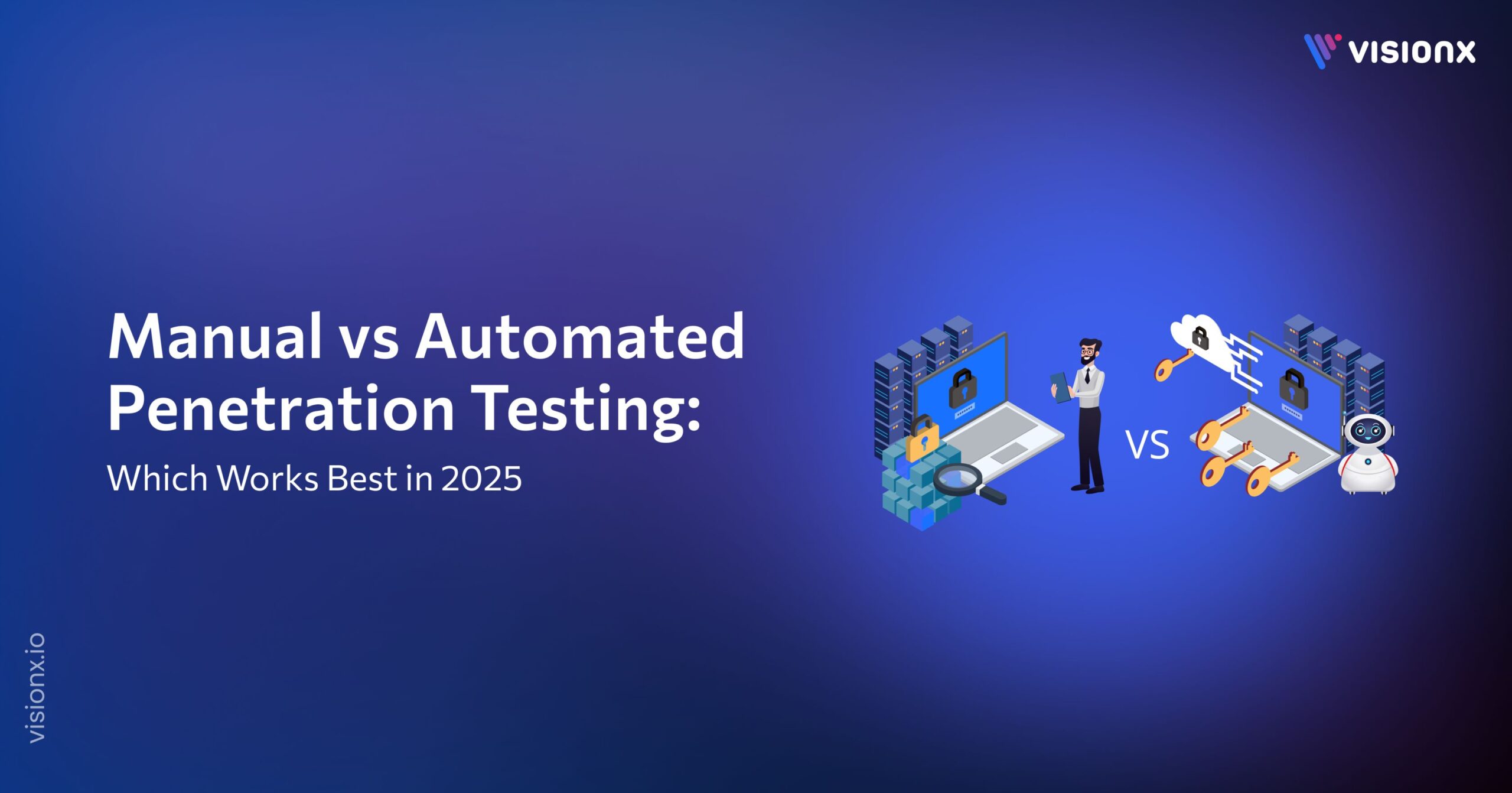The birth year of generative AI is sometimes confused with 2022, but historical evidence indicates otherwise. Although the idea of using machines to create new data was present in the initial stages of machine learning in the 1950s, the 2010s saw the true advancement and widespread adoption of generative AI.
It’s amazing to see how generative AI has evolved from first-generation ideas to the advanced models we use today.
How Gen AI Models Emerged Over Time?
Early Models: The Foundation
- Statistical Models: While the concept of creating data using statistics began to surface in the early 20th century, its evolution for application into machine learning kicked off since the late 1950s.
- Markov Models: Markov models, built upon the foundation of statistical models, were first introduced in the early 20th century and became well-known in pattern recognition and language processing by the middle of the century.
The Rise of Neural Networks
- Autoencoders: In the 1980s, Neural networks began to appear and slowly gained the interest of developers as well. Autoencoders were no exception among the first neural network types that were introduced a long time ago. But it was only in the 1990s that they began really being able to expand on these generative capabilities.
- Restricted Boltzmann Machines (RBMs): In the 1980s, RBM was first introduced for laying down a basic principle in deep learning models and had early applications on generative modeling in the late years of 1990s to the early years of2000s.
Advancements of the Modern Era
- Generative Adversarial Networks (GANs): A revolutionary model emerged first in 2014; GANs are quickly skying high for their success in generating impressively realistic images and more.
- Variational Autoencoders (VAEs): Released concurrently with GANs, VAEs presented a probability-based framework for generative modeling and became widely used in many fields.
These types of models and improvements in hardware, as well as algorithmic advancements, have really thrust generative AI to the feature-set –contents of artificial intelligence R&D.
4 Main Components of Generative AI Architecture
The building block of generative AI architecture consists of these four components:
1. Data Preprocessing
The first step in developing a Generative AI model is collecting the relevant data. Depending on the required model’s use case, data can be collected from various sources. The two most common forms of data are structured and unstructured data. It is then refined and made understandable for machine learning algorithms.
2. Model Training
After collecting the required data, the most suitable model is chosen depending on the use case. This phase further involves training the model using the relevant data, fine-tuning, and optimizing its output.
3. Inference
It is the process of testing the trained model by giving it a prompt and evaluating the output. This could be a text prompt, an image, or even random noise. The model processes the input obotand generates new content using the patterns it learned during training.
For Example, If you input a prompt like “Write a poem about a robot falling in love,” the model will generate a poem based on its understanding of poetry, love, and different types of robots.
4. Evaluation Metrics
Evaluation metrics assess the generated content, which could be text, an image, audio, or any other data format. Choosing appropriate metrics and desired qualities (coherence, creativity, accuracy, etc.) is crucial based on the type of content generated. Compare the generated content to a reference or ground truth (e.g., human-written text, real images). Apply the chosen metrics to calculate numerical scores that represent the quality of the generated content.
Types of Generative Models
Generative AI utilizes various types of models, each with its unique architecture and application:
- GANs (Generative Adversarial Networks): GANs involves a generator network and a discriminator done with two neural networks that compete against each other in order to generate realistic data. To generate new data instances, a generator is employed — the discriminative model evaluates these for authenticity to improve its output.
- Variational Autoencoders (VAEs): VAEs are utilized to synthesize data that looks like the input data. They operate by taking the input data, and compressing it into a latent space representation before decompressing them back to the original shape using some minor variation in-between to produce novel realistic samples.
- Autoregressive Models: Generate data one step at a time, predicting each individual point based on the previous points. This is a frequently used technique in NLP (natural language processing) for generating realistic and context-appropriate text.
Layers of Generative AI Architecture
We have discussed the four main components of generative AI architecture. In this section, we will discuss each of the layers and how they work in detail.
Data Collection and Preprocessing
Raw data (e.g., text or images) from different resources is collected for better understanding. After being collected, the data is cleaned to remove noise and fix errors; It also standardized in the format. After cleaning the data, this is converted into a model understandable representation like tokenization for text etc.
Feature Extraction
Feature extraction is the process of identifying and creating meaningful features from the preprocessed data. This involves techniques like feature engineering to extract relevant information. Additionally, embedding layers are used to map raw features into dense vector representations, enabling the model to better understand and process the data.
Model Architecture
The choice of model architecture depends on the specific task and the nature of the data. Common architectures include encoder-decoder models for tasks like machine translation, transformer models for capturing complex dependencies, and generative models like GANs or VAEs for creating new data samples.
Training and Optimization
Model training involves learning patterns from the data to make accurate predictions or generate new content. This process utilizes loss functions to measure the model’s performance and optimization algorithms to adjust model parameters. Regularization techniques are employed to prevent overfitting and improve generalization.
Inference and Generation
Once the model is trained, it can be used for inference, which involves generating new content based on given inputs. Decoding mechanisms are employed to translate the model’s output into a human-readable format. Postprocessing may be necessary to refine the generated content.
Evaluation and Validation
Evaluation metrics compare the generated content to a reference or ground truth to assess the model’s performance. Cross-validation ensures the model’s ability to generalize to unseen data.
Deployment and Monitoring
After thorough evaluation, the model can be deployed into real-world applications through APIs or web services. Continuous monitoring of the model’s performance is essential to identify potential issues and make necessary adjustments.
Feedback Loop
A feedback loop is crucial for improving the model over time. User feedback can provide valuable insights into the model’s strengths and weaknesses. This feedback can be used to retrain the model with new data and incorporate the learned improvements.
Hardware Acceleration in Generative AI
Hardware acceleration, primarily through GPUs (Graphics Processing Units) and TPUs (Tensor Processing Units), is essential for making this process efficient and scalable. These specialized hardware components are designed to handle the extensive parallel processing and large-scale data computations required by generative models.
People widely use GPUs because they can perform multiple calculations simultaneously, significantly speeding up the training process. Originally designed to render graphics, their architecture is ideal for the complex matrix operations AI models require.
On the other hand, TPUs, developed by Google, take this specialization even further. They are engineered specifically for deep learning tasks, optimizing operations like matrix multiplications, which are fundamental in neural network training. This makes TPUs particularly effective for handling the demanding workloads of large-scale generative models.
Hardware acceleration via GPUs and TPUs allows for efficient training of generative AI models. Without it, the development and refinement of these models would be much slower and more resource-intensive, limiting future advancements in the field.
Conclusion
The long history of generative AI architecture demonstrates an ongoing evolution from early statistical models to the arrival of revolutionary tech such as GANs and VAEs. This evolution mirrors the overall maturity of machine learning, with a mixture of theoretical breakthroughs and real-world improvements in hardware.
It provides a broad overview of how generative AI models work and generates new content by looking at the architecture behind them — from data preprocessing & model training to inference & evaluation. The type of technicalities that make a small difference between the process of data collection and deep-layered model architecture help contribute to what can make generative AI actually work effectively.
In addition, hardware acceleration techniques such as GPUs and TPUS imply that computational resources are essential to scale up these models. These technologies enable rapid development and deployment of generative AI, changing what is possible and how jazzier ideas can come to life.
VisionX is a market leader in generative AI and machine learning. We provide cutting-edge solutions to help businesses utilize the power of AI.


